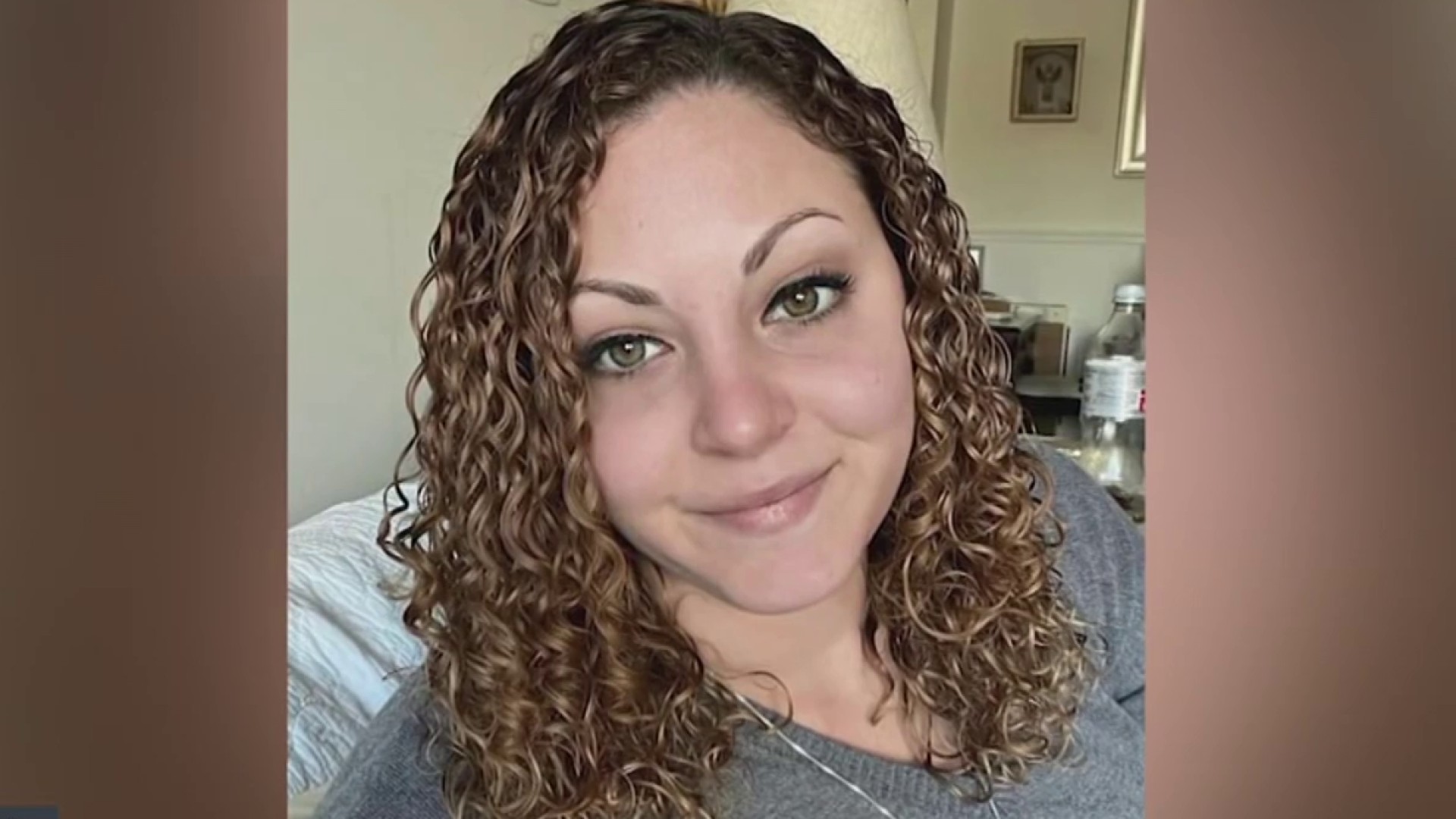A second D.C. police officer is being investigated for failing to turn on his body-worn camera before he shot a suspect.
The incident happened Sept. 7 on Georgia Avenue. According to police, a witness flagged down a bicycle patrol officer at about 3 p.m. after seeing a man with a gun firing shots in the air.
The officer encountered the 22-year-old suspect and ordered him to drop his gun. The officer then shot the man, who was taken to the hospital.
The man who was shot has been charged with numerous charges, including assault with a dangerous weapon.
D.C. police are required to have their body cameras on when they are on a call, a policy that D.C. Mayor Muriel Bowser strengthened earlier this month. Dispatchers remind officers to turn on their cameras as they are dispatched.
That change followed the fatal police shooting of Terrence Sterling, 31, after Sterling’s motorcycle collided with a police car. In that case, a D.C. police officer failed to turn on his body-worn camera before the shooting.
Sterling’s family and supporters protested in D.C. streets Monday morning, calling for answers in Sterling’s death.
Local
Washington, D.C., Maryland and Virginia local news, events and information
After Sterling’s shooting, acting police Chief Peter Newsham said there were at least 10 other cases being investigated in which officers failed to turn on their body cameras, as required.
D.C. police union Chairman Matthew Mahl said officers are still getting used to the body cameras.
"The public expects us to be proficient and, unfortunately, were not. We have to build that muscle memory," Mahl said. "The officers need to trained to do, to do what they do, to turn that body camera on as soon as they're interacting with the public."
When asked if the officers intentionally failed turn on their body cameras, Mahl said he didn’t believe so.
"I think it was just one of those very fluid situations where the officers just didn't have time to turn it on. Again, it's a training issue. It's muscle memory."



